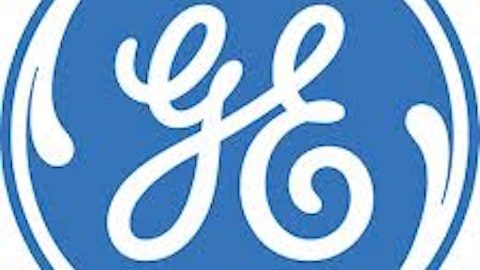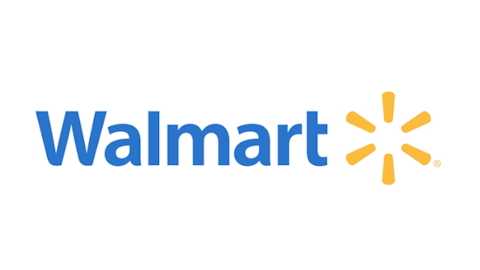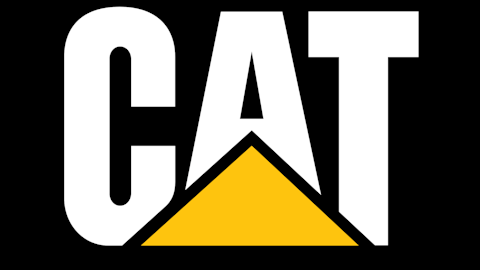Financial leverage = assets / equity
– Measures the amount of assets invested with each dollar of shareholder contributions. A higher ratio means the company relies more heavily on debt for financing
| Deere | Caterpillar | CNH Global | |
| ROS | 9.2% | 8.6% | 5.6% |
| ROA | 5.9% | 6.7% | 3.3% |
| Asset Turnover | 0.64 | 0.77 | 0.59 |
| Financial Leverage | 7.6 | 5.6 | 4.2 |
| ROE | 44.8% | 37.2% | 13.8% |
Now it becomes obvious why Deere & Company (NYSE:DE)’s ROE is the highest: The company is by far and away the most levered. Deere’s debt-to-equity ratio is above 400% compared to 220% for Caterpillar and 209% for CNH Global NV (NYSE:CNH). Additionally, this exercise has revealed that while Deere looks superior using ROE, Caterpillar Inc. (NYSE:CAT) is outperforming on ROA and asset turnover.
The debt-to-equity ratio for all three appear dangerously high, but a greater understanding of their business models will ease those concerns. Large industrial manufacturing companies like Deere & Company (NYSE:DE) Caterpillar Inc. (NYSE:CAT) not only sell equipment to their customers but also act as a bank offering financing services to those customers. The majority of debt incurred is under the Financial Services wing. For example, Deere ended 2012 with over $22 Billion in long-term debt with $15.7 Billion of that for Financial Services. The average interest rate on this debt was under 2%. The balance sheet shows over $25 Billion in financial receivables – money owed from customers to the Financial Services segment of the company. As long as those customers pay their bills, there’s little concern over the amount of debt on the balance sheet. The company reported an unpaid balance of $120 million at the end of 2012, which is pretty darn good when the total financial receivables due within a year was nearly $13 billion. Again, it would have been a mistake to disregard Deere & Company (NYSE:DE) based solely on its high debt to equity alone.
Making the investment decision
All three companies are trading at historically low valuations due to tepid profit growth over the last few years. Caterpillar Inc. (NYSE:CAT)’s management reduced 2013 net income projections from $60-$68 billion to $57-$61 billion in its latest quarterly report. Deere & Company (NYSE:DE) made similar cautious statements regarding its short-term profit forecasts, although it is still predicting stronger growth than Caterpillar. I believe in the long-term stories of both Caterpillar Inc. (NYSE:CAT) and Deere as the global economy slowly recuperates. In the meantime, they pay respectable dividends, 2.4% yield for Deere & Company (NYSE:DE) and 2.9% for Caterpillar Inc. (NYSE:CAT). CNH Global NV (NYSE:CNH) needs to significantly improve its margins and return on assets to the levels of its peers before it will earn my investment dollars.
The article The Trappings of Relying on Single Metrics originally appeared on Fool.com is written by Stephen Benz.
Stephen Benz owns shares of CAT. The Motley Fool has no position in any of the stocks mentioned. Stephen is a member of The Motley Fool Blog Network — entries represent the personal opinion of the blogger and are not formally edited.
Copyright © 1995 – 2013 The Motley Fool, LLC. All rights reserved. The Motley Fool has a disclosure policy.




